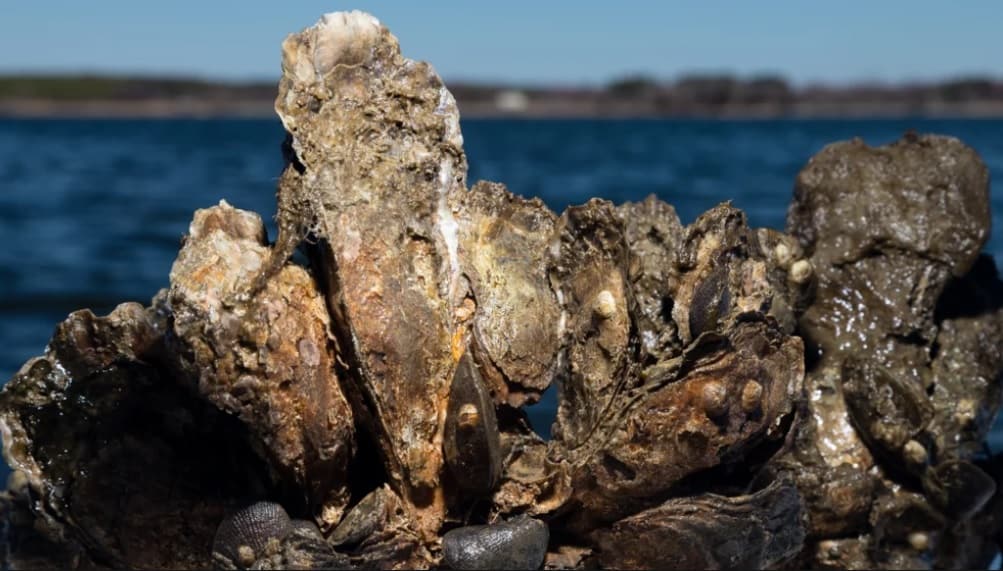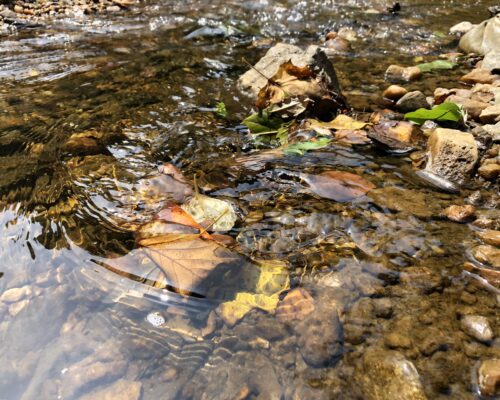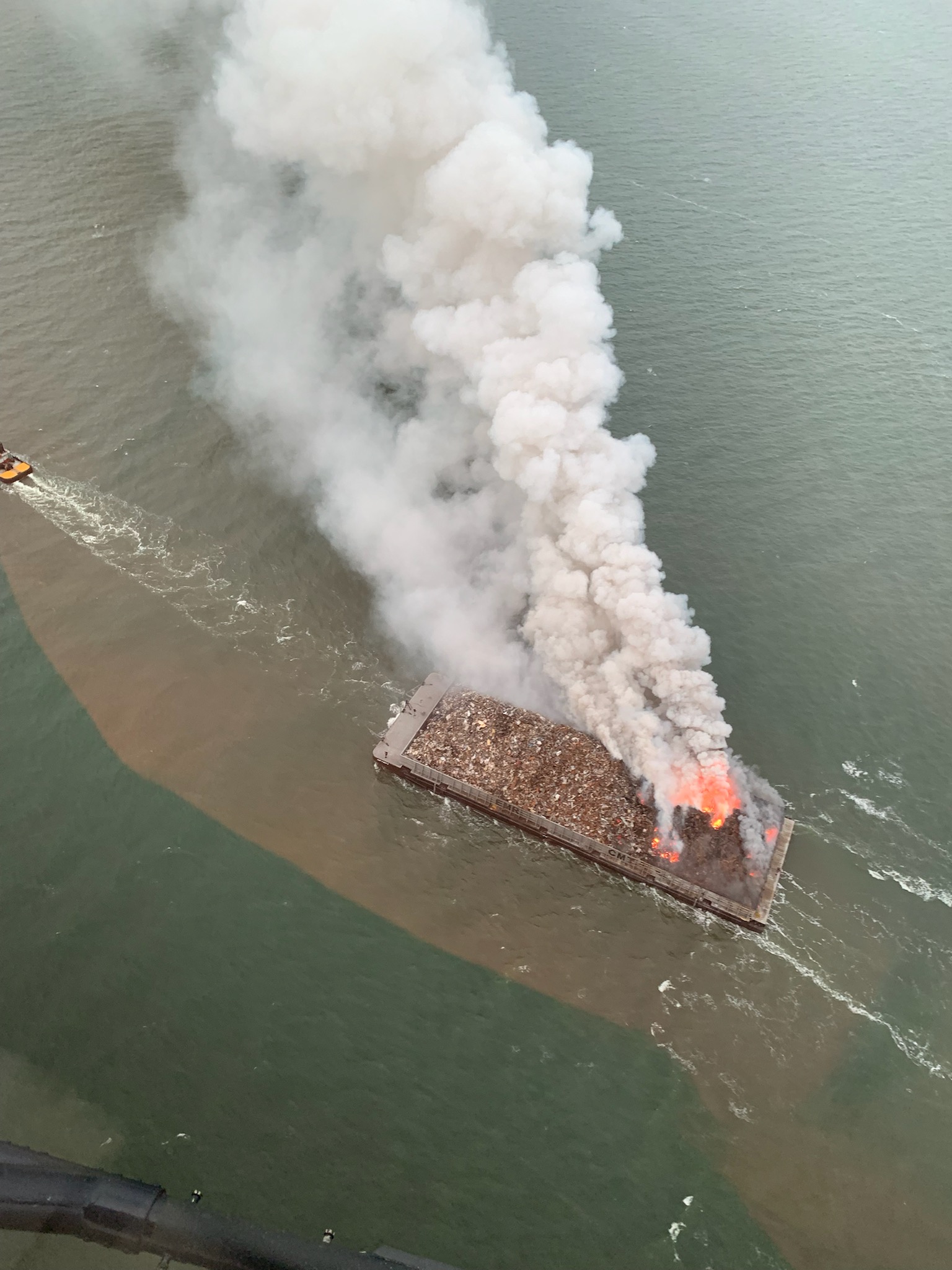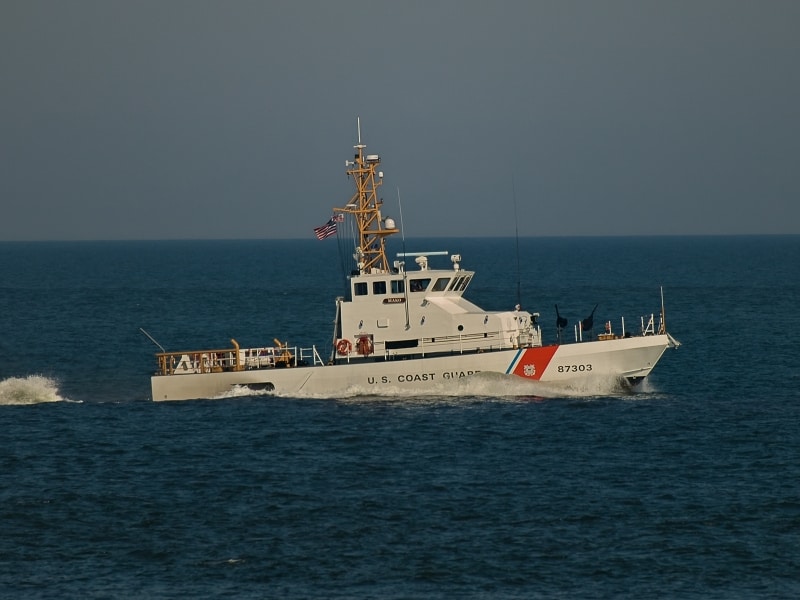A bill to protect five Maryland oyster sanctuaries, vetoed by Governor Larry Hogan on Friday, will become law anyway. The Maryland House of Delegates and Senate have voted to override the veto.
The state Senate narrowly secured the three-fifths vote required to override a veto on Monday— the last day of the legislative session, and just one day after one of the bill’s chief sponsors, House Speaker Michael Busch, passed away. The House had voted to override by a larger margin on Friday. State Senator Paul Pinsky was the bill’s chief sponsor in the Senate.
Under the bill, none of the boundaries of the five oyster restoration sanctuaries created as part of the 2014 Chesapeake Bay Watershed Agreement can be changed without legislative approval. The five tributaries include Harris Creek, the Tred Avon, Little Choptank, St. Mary’s and Manokin Rivers. Major oyster restoration work is finished, underway, or in the planning stages at all five locations, putting the state on schedule to meet its 2025 deadline.
The Maryland Department of Natural Resources (DNR) helped establish the five sanctuaries, but groups advocating for watermen have pushed DNR to open some portions to harvesting, or to try the “rotational harvesting” method being used in some parts of Virginia. They say the bill closes another door for watermen already struggling to make a living.
In a strongly-worded veto letter, Governor Hogan called the bill “bad policy, bad for our watermen — and worst of all — bad for the Chesapeake Bay”.
But the General Assembly’s move to overrule the veto won praise from environmentalists. Alison Prost, the Chesapeake Bay Foundation’s Maryland Executive Director, said in a statement,
“These large-scale oyster restoration tributaries are already providing hope to reverse this trend while also showing their potential to produce significant ecological benefits. It’s just common sense to continue to protect these restoration areas from harvest, study them, and use the insights to aid the overall oyster population in the Bay.”
Prost says these sanctuaries, though, only scratch the surface of the effort needed to rebuild the oyster population:
“However, this is one step. These five sanctuaries represent only 5 percent of the harvestable Chesapeake Bay bottom. To support oysters long-term, we must also put in place a strong fishery management plan that aims to increase the overall population.
-Meg Walburn Viviano




